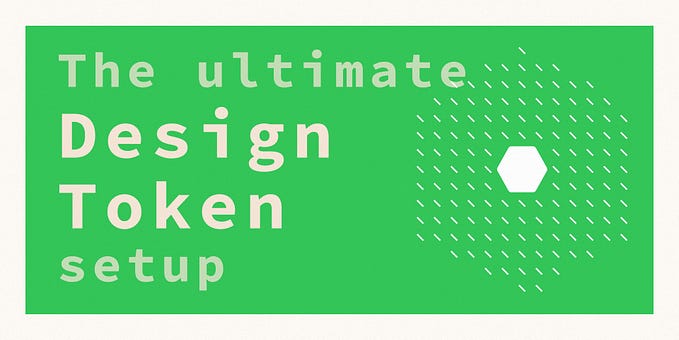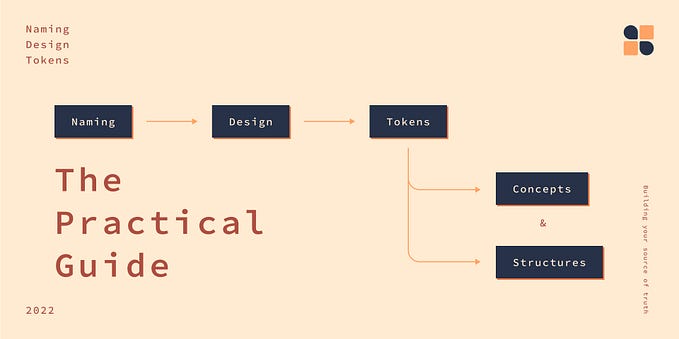
Member-only story
Do you even need a design system?
A design system can provide a lot of benefits, but they come at a cost. The cost of a design system. Find out if a design system is worth the investment for you?
Preface
A design system has become a synonym of successful product design. But this is of course not true. You can build great products without a design system and awful ones even though you have an extensive design system.
Building a design system demands significant time and resources. Without proper planning and execution, you risk accumulating technical and design debt with no return on investment.
This article cuts through the hype to examine when building a design system truly makes sense for your organization — and when it doesn’t.

There is more out there than design systems: Understanding the difference
Design System
A design system is the most comprehensive solution, including patterns, guidelines, documentation, reusable components, and design tokens.¹
A design system exposes components and design tokens to designers in the form of a design library (e.g. Figma library) and developers as a pattern library / code components (e.g. a package with react components).
Furthermore, a design system is the only solution that requires some form of documentation, focusing on more than just artefacts to be used in product development.
Design tokens
While design tokens² are part of a design system, they can also be exposed separately. Design tokens are basic codified design decisions, like the hex code that is used for a link or the size of the default border radius.
Designers use design tokens as styles or variables in their design tool. Developers can import a design token package which provides design tokens as CSS variables, a JSON object, or a different format.








